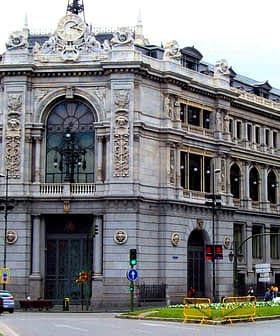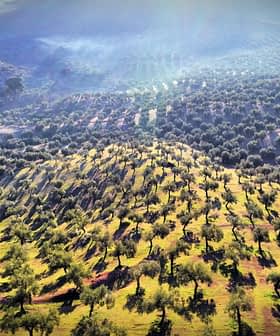The situation remains bleak for Spain’s olive oil industry, which finished off the year with cascading prices, disappointing sales and a climate of panic.
The end of 2011 saw prices teetering between €1.66 and 2.55/kilo for extra virgin olive oil; €1.56 and 1.68/kilo for virgin oil; and €1.52 and 1.56 for lampante oil, according to the Pricing Information System for Olive Oils in Origin (POOLred).
Transactions decreased by 66 percent between December 24 and 30, and the average spot price of oil fell to a measly €1.54/ton on December 28.
When compared to data collected the same week in 2010, the price of extra virgin oil was down 5.6 percent while low quality oil was down 12.2 percent. Overall volume fell by a whopping 78.2 percent.
Short-term orders of cheap oils sold in small volumes continue to set the standard in the industry, contributing to the pricing dips; this translates into low profitability for farmers and bottlers throughout olive country.
Despite setbacks, industry representatives at the provincial and national level have been working to repair the damaged sector. In a recent conference held in the Valencian province of Castellón, the Provincial Rural Development Council announced plans to innovate and improve the local industry in 2012.
“We’re going to use all of our available tools to develop those initiatives that will add value to olive oil and boost the sector, from improved efficiency to greater profitability,” said Domingo Giner, Deputy of Rural Development.
Among the proposed initiatives were the development of an updated sales strategy, aggressive expansion into the international market, reorganization of the sector into related clusters, and the implementation of a sector-wide management system.
“Domestic promotion is a challenge that we need to face head on. Our land, heritage and high quality local goods, such as olive oil, are what add value to this land and create wealth in the Castellón inland regions,” said Javier Moliner, President of Castellón Province.








